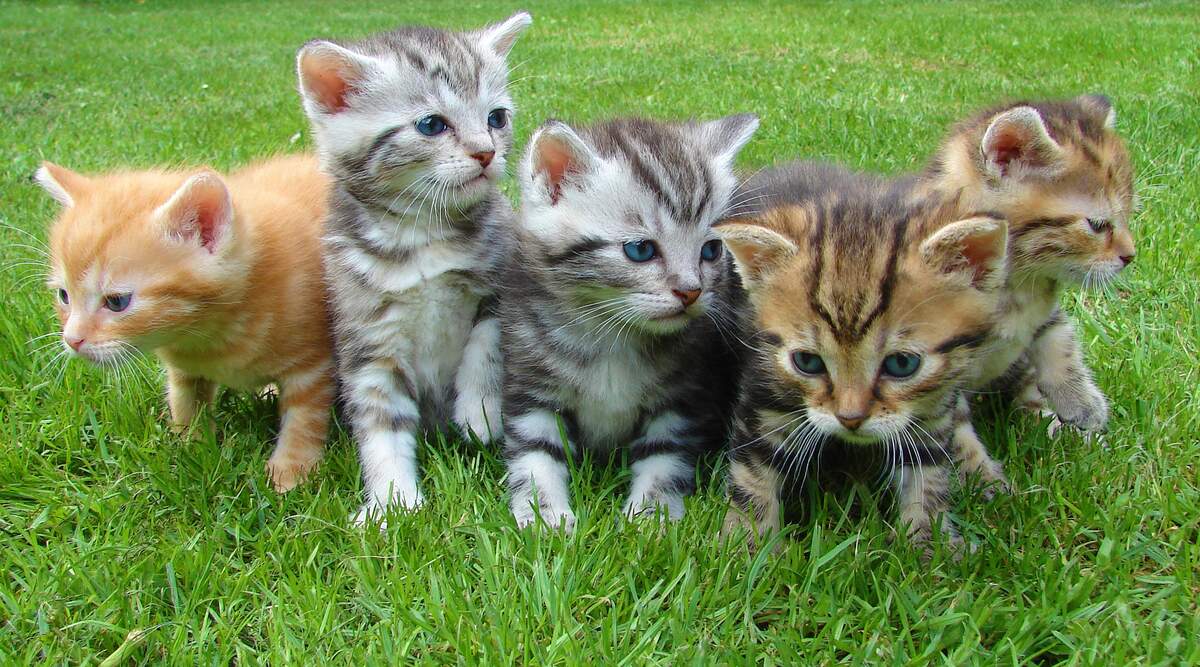

National Hairball Awareness Day
Observed
the last Friday in April
Dates
Hashtags
Sources
Observed by cat owners and all those who care about cats, National Hairball Awareness Day is a day when people learn about and become more aware of hairballs and their effects on felines, and when they check up on the health of cats and take steps to eliminate hairballs.
A trichobezoar, the medical term for a hairball, is a mass of hair trapped in the gastrointestinal system. Although today's holiday is geared towards cats, other animals—such as rabbits, goats, cattle, and llamas—deal with hairballs. Even though it's rare, humans can also get hairballs. And while a trichobezoar is made of hair, there are other types of bezoars; a phytobezoar is made of food parts, and pharmacobezoars are formed by pill capsules.
Cats ingest hair when they groom themselves, which they do by scraping away dead hair with their tongues. They often pass the hair all the way through their digestive systems, but when they don't, a hairball forms and they then regurgitate it from their stomach. Cats with longer hair or who are older get hairballs more often. Those who have allergies or skin conditions tend to groom themselves more frequently, so they tend to get hairballs more frequently as well.
A few hairballs a year may not be an issue for a cat, but if they become more commonplace, they may be indicative of a more serious health problem, such as inflammatory bowel disease or cancer. Cats who have trouble regurgitating hairballs may need to be taken to a veterinarian, and sometimes surgery is necessary to remove hairballs. There are a few things that a cat owner can do to reduce the number of hairballs their cats get, such as brushing their cat and giving them treats that are formulated to fight hairballs.
How to Observe National Hairball Awareness Day
National Hairball Awareness Day is most often observed by cat owners, but anyone can take part. The day can be spent learning more about the symptoms and remedies of hairballs in cats, and the overall health of the cats in your life could be evaluated, with a special focus on hairballs. You can reduce the chances that a cat will get a hairball by grooming them with a brush today and on days going forward. Soft, bristled brushes work well, as do cat grooming mitts or gloves. You can also help prevent hairballs by giving cats treats that are formulated to help move hair through their digestive systems. Making sure the cats in your life get plenty of water is another way to help prevent hairballs, as proper hydration helps keep their digestive systems working properly. Finally, spend some extra time playing with a cat today. Cats tend to groom themselves less often when they are occupied and being played with.
If you don't come in contact with any cats today, you could brace yourself and look at some pictures of hairballs from the National Museum of Health and Medicine.





















